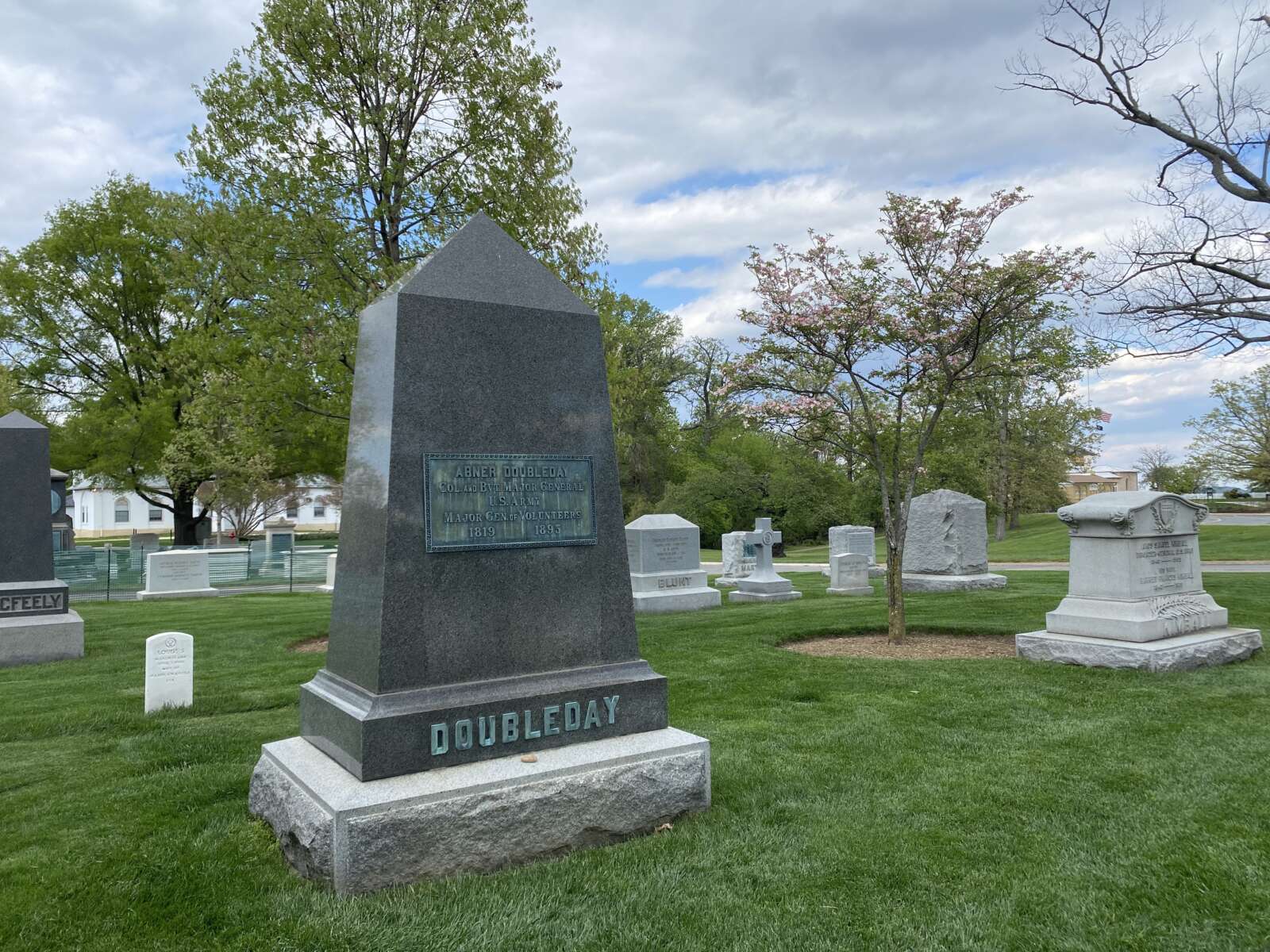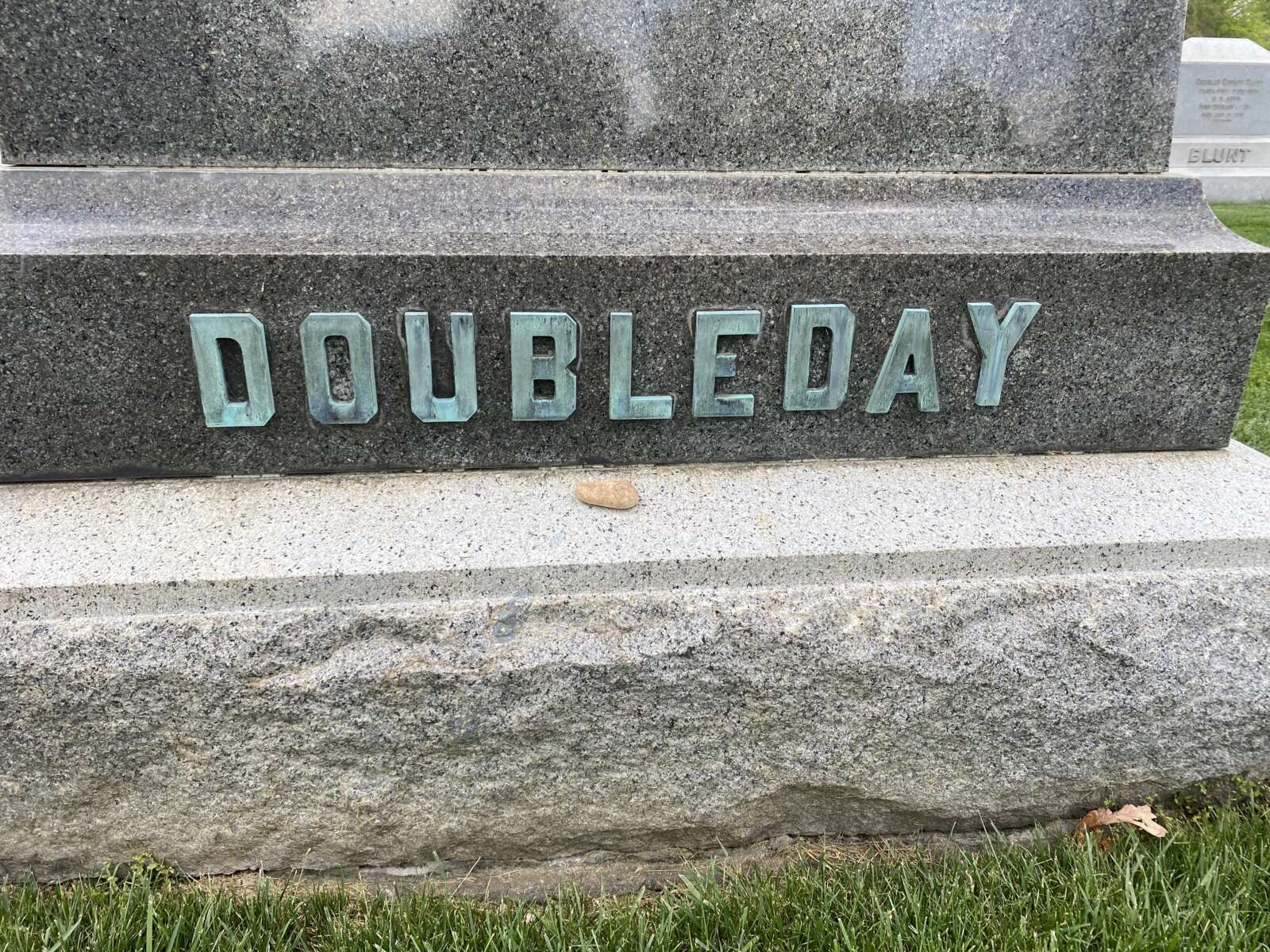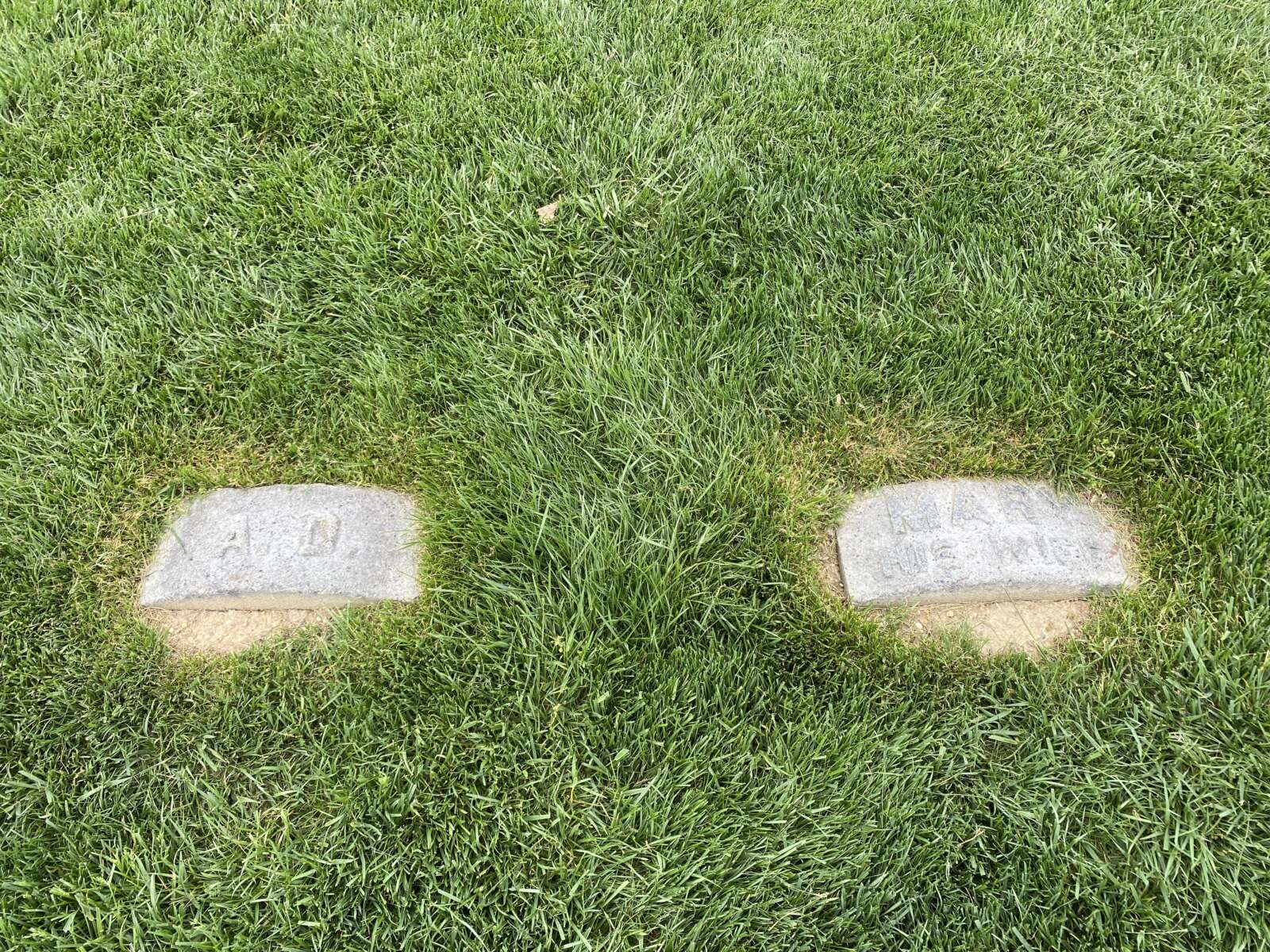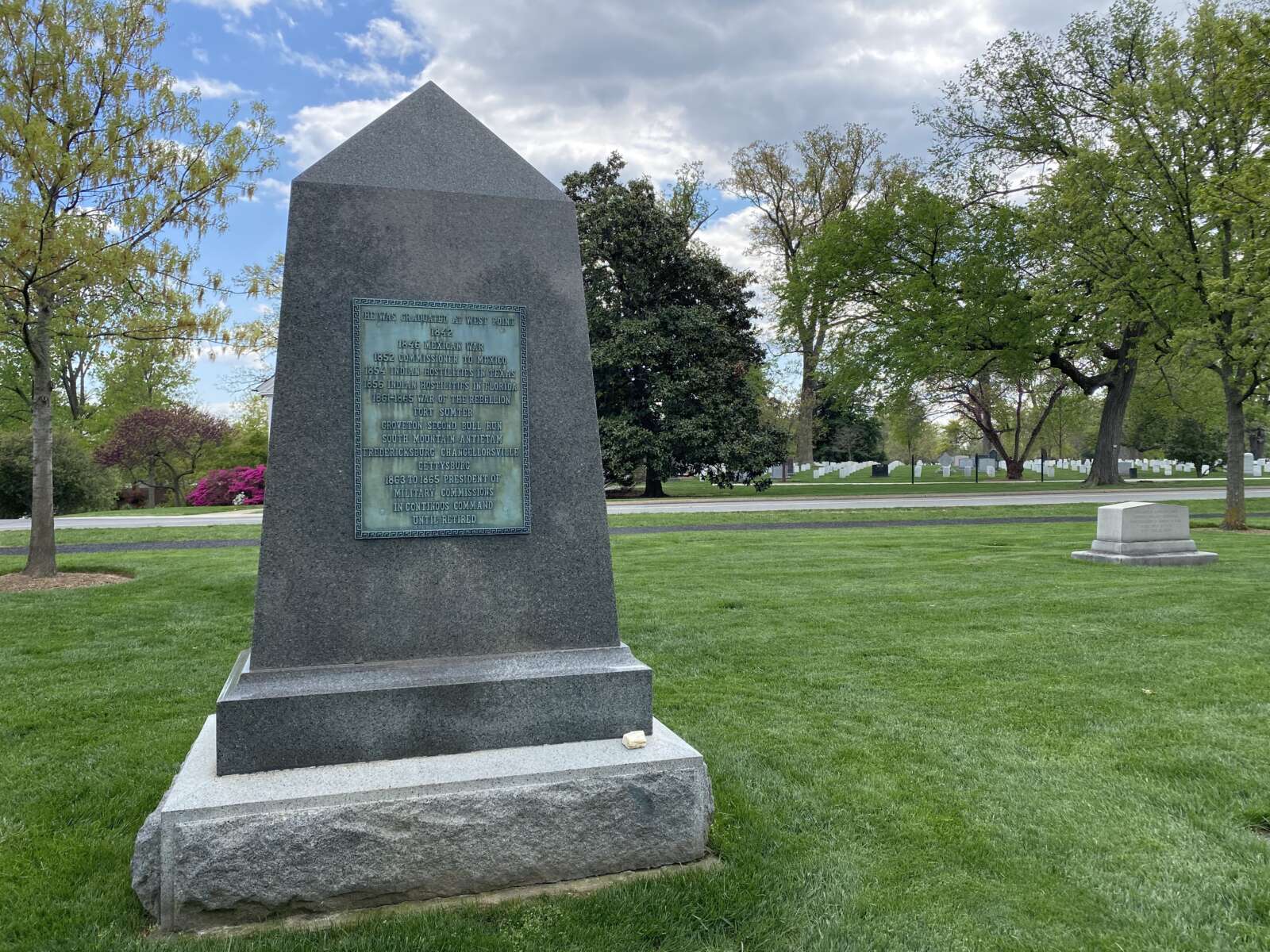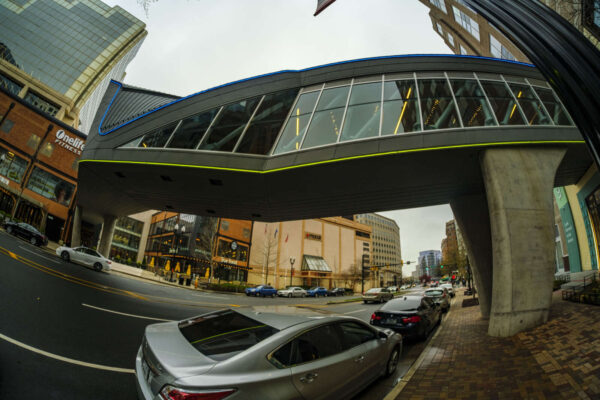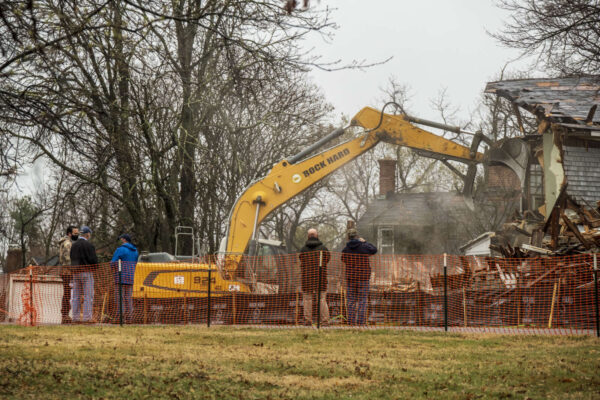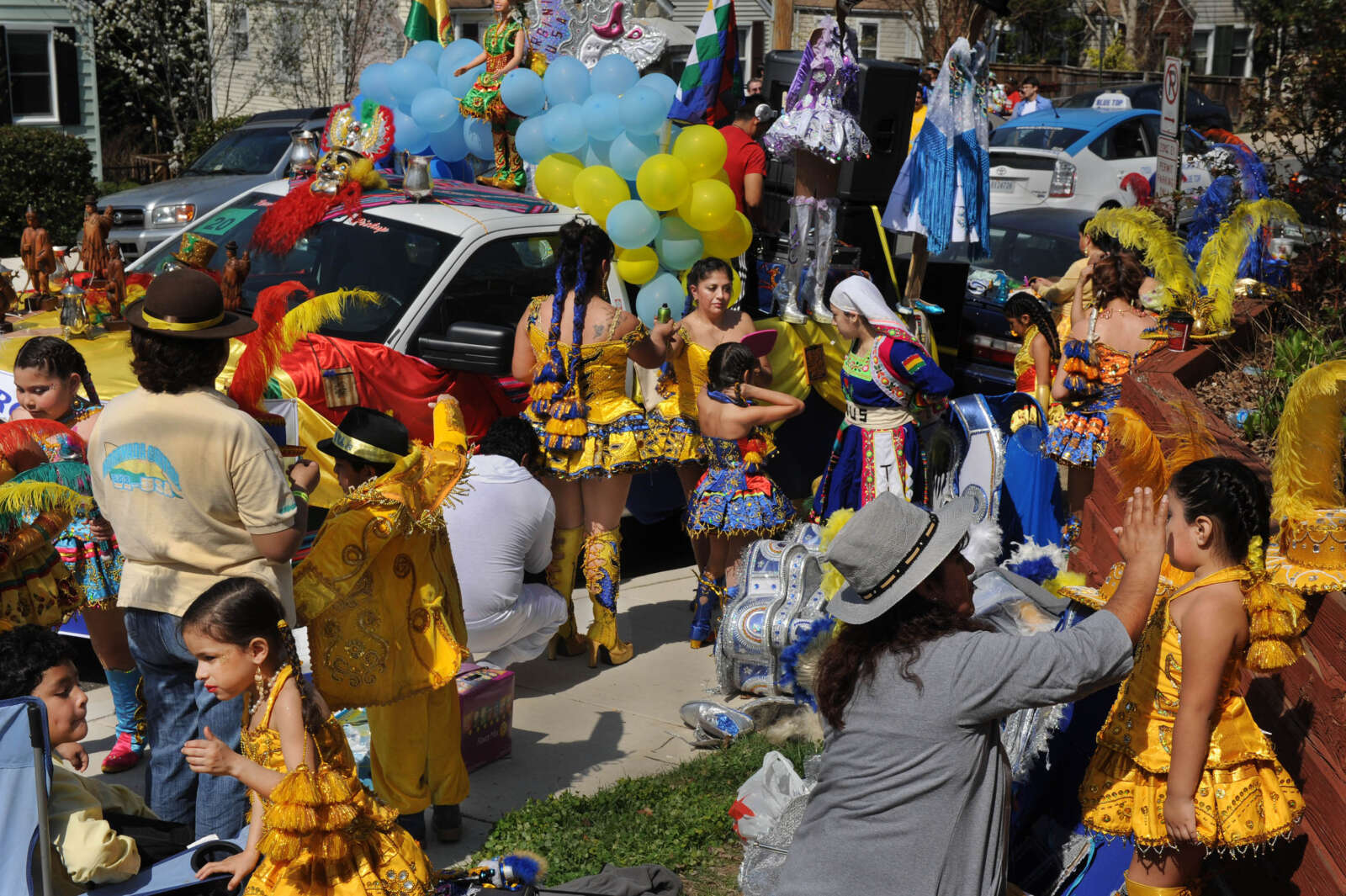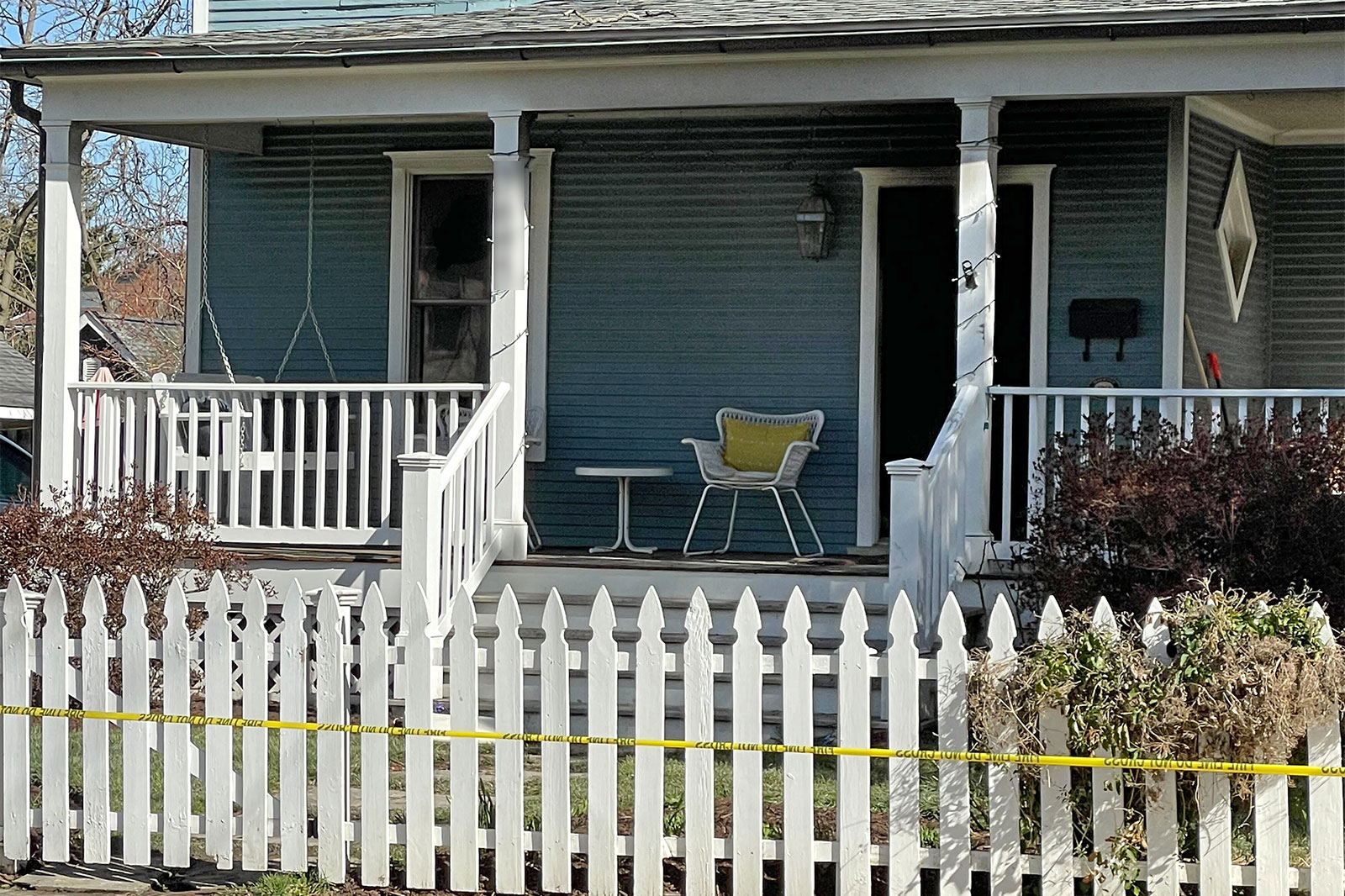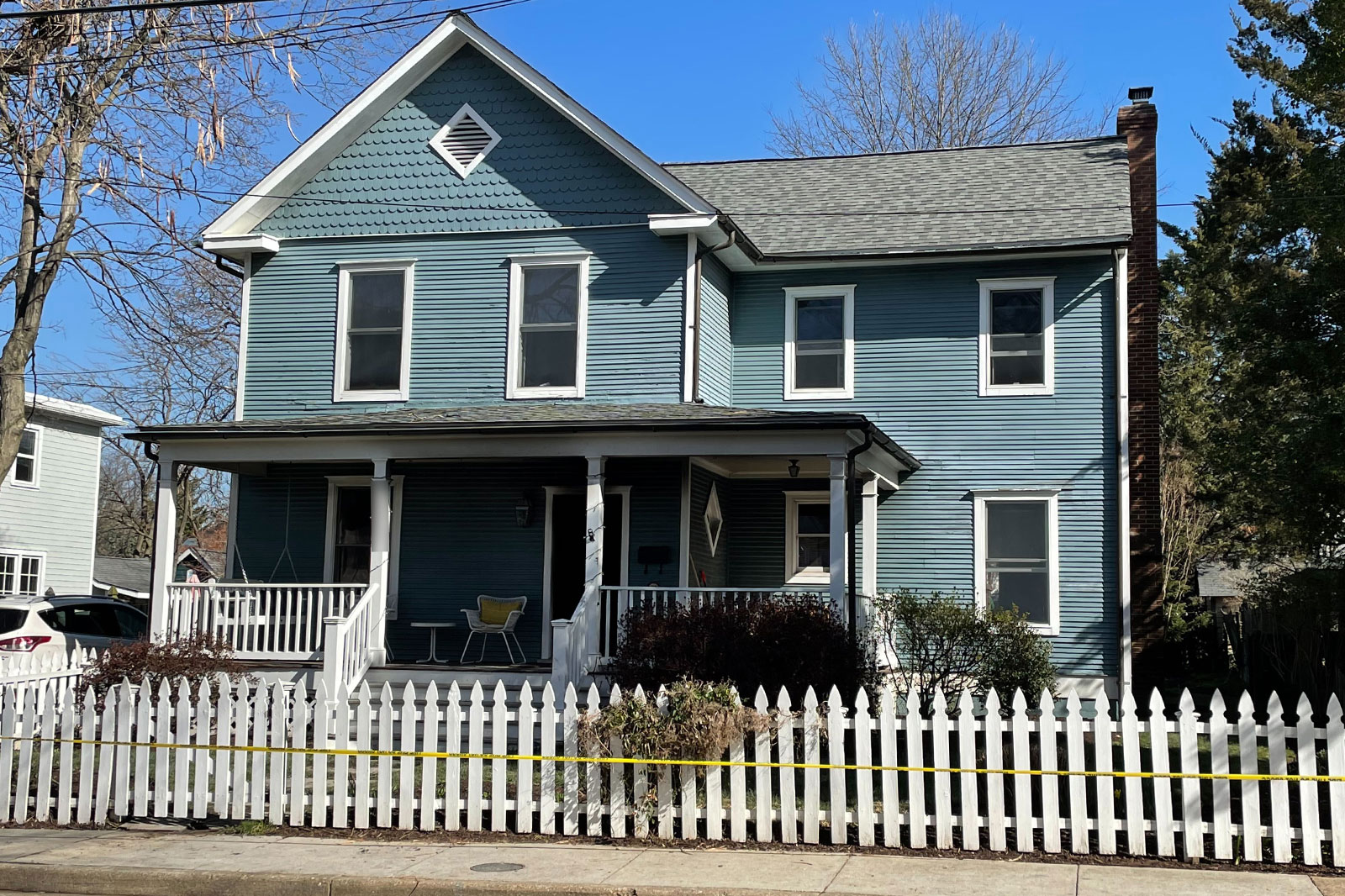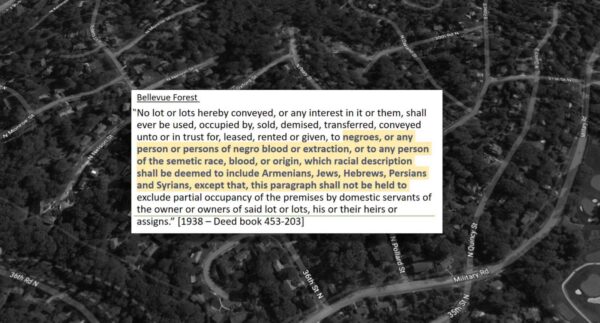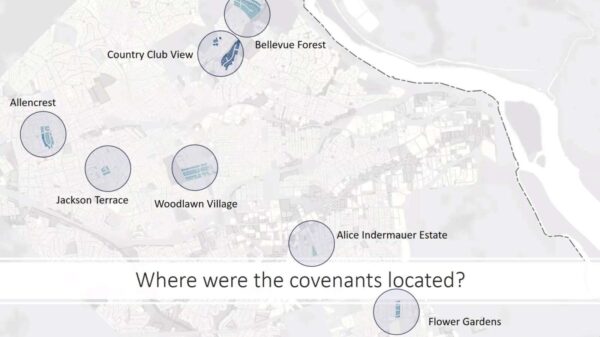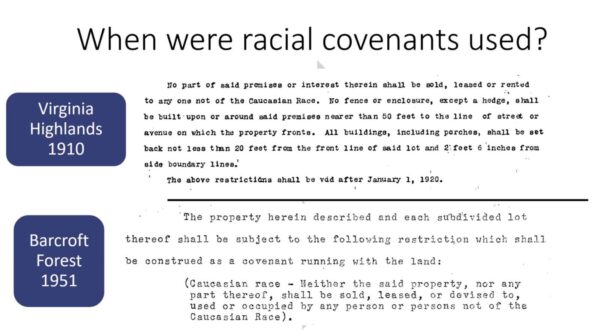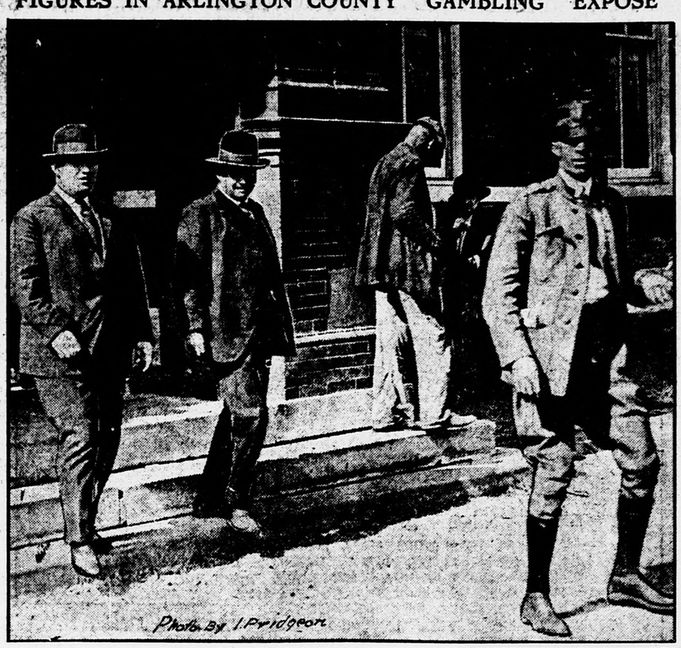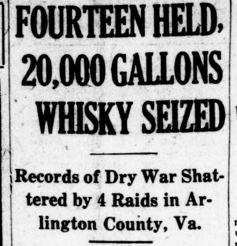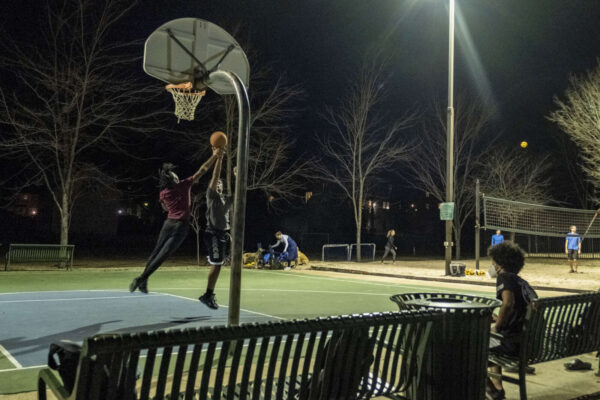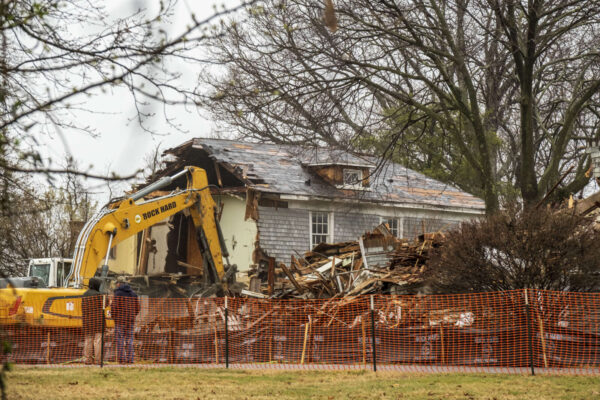
Firefighters Rescue Cat from Tree — From the Animal Welfare League of Arlington: “We are so grateful for @ArlingtonVaFD! Yesterday, Charlie the cat snuck out of his house and got spooked, climbing 2.5 stories up a nearby tree on a very stormy day. ACFD came to the rescue and brought Charlie back down to the ground and to safety.” [Twitter]
Suspicious Package at Pentagon Metro — From Pentagon police: “At 9:46am, @PFPAOfficial was alerted to a suspicious package at the Pentagon Metro Visitors Screening Center. Explosive Ordnance Detection Unit is… investigating. Bus and rail service is bypassing the Pentagon. Personnel are asked to please avoid the area. […] At 1251 @PFPAOfficial gave the all clear. Bus and rail service have resumed. The incident is currently under investigation.” [Twitter]
New Apartment Building Proposed in Crystal City — “Add another new mixed-used building to the growing National Landing pipeline. An affiliate of Dweck Properties filed plans this week with Arlington county for two new buildings that would become a part of the Crystal Towers development at 1600 South Eads Street.” [UrbanTurf]
Boeing Bringing Few Jobs — “Paul Lewis, a Boeing spokesman, said the company employs 400 people in the Washington area and has space to add more, but ‘there are no immediate plans to expand the facility here in Arlington.’ The company also won’t reduce its roughly 400 employees at Boeing’s outgoing headquarters in Chicago. Nonetheless, Lewis said in an email the move to Virginia was important for the company: ‘It’s significant in that this will be the base of operations for the CEO and CFO.'” [Washington Post]
More Local Reaction to Boeing HQ — “From the Greater Washington Board of Trade: “Congrats to @NationalLanding
. Our region provides such a compelling strategic advantage to businesses that want to relocate here because of its’ proximity to the government, business, non-profits and academia. It’s a win for everyone in our region!” [Twitter, LinkedIn]
Local Cemetery Getting Historic Marker — “It became a county historic landmark last year, and soon the Mount Salvation Baptist Church cemetery will have a marker denoting its status… The cemetery, located adjacent to the church in the historically African-American North Arlington community of Halls Hill/High View Park, is the final resting spot of at least 89 people. Burials at the cemetery were recorded from 1916 (although some likely occurred a decade or two earlier) to 1974.” [Sun Gazette]
Reminder: West Glebe Road Bridge Closed to Cars — “The West Glebe Road bridge over Four Mile Run will be completely closed to vehicles [on Monday, May 9], and will remain closed for nearly a year.” [ARLnow]
It’s Monday — Mostly sunny, with a northeast wind around 11 mph and gusts as high as 18 mph. High of 64 and low of 44. Sunrise at 6:03 am and sunset at 8:10 pm. [Weather.gov]


